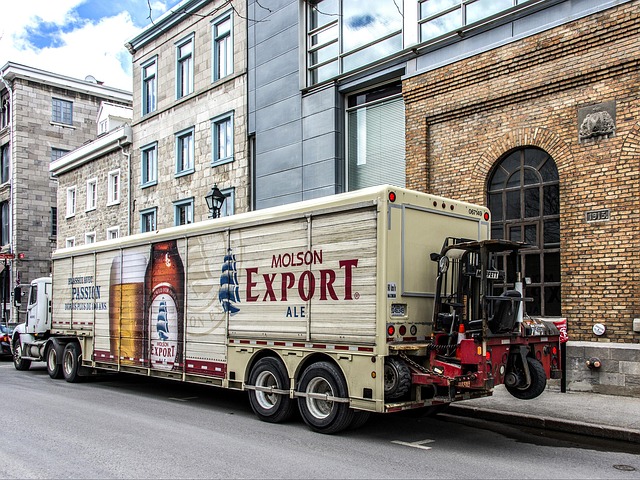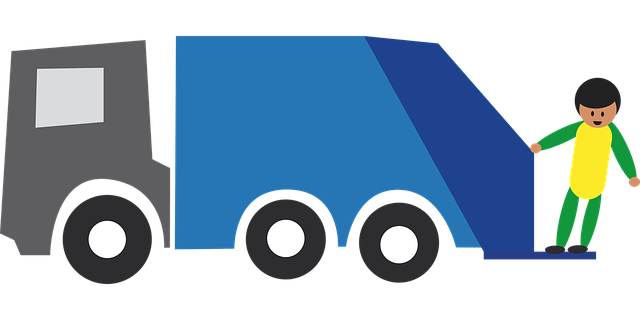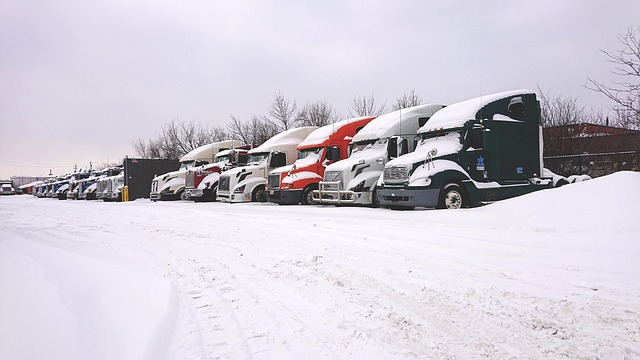Looking to register your car in California? This comprehensive guide walks you through the entire process, from understanding eligibility requirements to securing your license plate. We’ll break down the essential steps, including gathering vital documents and performing a DMV VIN verification, ensuring a smooth registration experience. By following these clear instructions, you’ll be on the road in no time while adhering to California’s strict regulations.
- Understand Eligibility Requirements for Car Registration
- Gather Necessary Documents for DMV Visit
- Perform VIN Verification: Steps and Importance
- Complete Application Process at California DMV
- Pay Car Registration Fees and Obtain License Plate
Understand Eligibility Requirements for Car Registration

Before you begin the registration process, it’s crucial to understand the eligibility requirements set by California’s Department of Motor Vehicles (DMV). To register your car, your vehicle must meet specific standards for safety and emissions. Ensure that your car is up-to-date with all necessary maintenance and inspections. One critical step in this process involves a DMV vin verification, where the unique identifier number (VIN) of your vehicle is checked against the manufacturer’s records to confirm its authenticity and history.
Additionally, if you’re considering a used car purchase, opt for a reputable mobile vin inspection or mobile vin verifier service to verify the vehicle’s history before making a decision. This step is vital not only for ensuring compliance with California’s registration standards but also for safeguarding your investment by uncovering any potential issues or discrepancies in the vehicle’s past ownership and maintenance records.
Gather Necessary Documents for DMV Visit

Before heading to the DMV, make sure you have all the required documents ready. This includes your vehicle’s registration certificate from the previous state (if applicable), proof of insurance, and a valid driver’s license. The key document for this process is the Vehicle Identification Number (VIN) verification report, which can be obtained through a vin inspection. You might opt for a mobile vin verifier to streamline this step, as it allows you to complete the verification process remotely before your visit. Additionally, bring any title documents or lien releases if applicable.
Having these documents readily available will significantly speed up the registration process at the DMV. Ensure all information is accurate and up-to-date to avoid delays. A vin inspection is a crucial part of registering your car in California, so it’s best to take care of this before you go.
Perform VIN Verification: Steps and Importance

Before you can register your car in California, performing a Vehicle Identification Number (VIN) verification is a crucial step. This process involves checking the vehicle’s history and ensuring it meets all legal standards, which is essential for safety and security. A DMV vin verification typically requires comparing the VIN on the car with records maintained by various databases to confirm its authenticity and previous ownership.
You can conduct this vin inspection yourself or use a mobile vin verifier service for convenience. This involves inputting your VIN into an online platform that will return detailed information about the vehicle, including any reported accidents, outstanding loans, or potential fraud. A mobile vin verification ensures you have accurate and up-to-date data before completing the registration process at the California DMV.
Complete Application Process at California DMV

To complete the registration process for your vehicle in California, you’ll need to visit a DMV (Department of Motor Vehicles) office or utilize their online services. Start by gathering all necessary documents, including proof of ownership, insurance, and identification. The application process involves filling out Form DV-140, which requires detailed information about your vehicle, such as its make, model, year, and unique VIN (Vehicle Identification Number). A key step is the dmv vin verification, ensuring the VIN is legitimate and matches the vehicle presented.
For a smoother process, consider using a mobile vin verifier or undergoing a mobile vin inspection before visiting the DMV. This service checks your vehicle’s history, including accident records and outstanding liens, helping you avoid potential issues during registration. It’s always beneficial to be prepared with accurate information and necessary documents to expedite the California DMV registration process.
Pay Car Registration Fees and Obtain License Plate

After successfully passing your vehicle’s inspection, it’s time to pay the car registration fees. The California Department of Motor Vehicles (DMV) sets these fees, which cover various costs associated with maintaining road safety and infrastructure. You can typically pay online, by mail, or in person at a DMV office. Once your payment is processed, you’ll receive a registration certificate and, if applicable, a new license plate.
Obtaining a license plate involves a few steps. First, you’ll need to ensure that your vehicle has the required stickers and inspections up to date. Then, you can choose between traditional in-person plate issuance or utilizing a mobile vin verifier for a more convenient option. The latter involves a professional inspector using a mobile vin inspection tool to verify your vehicle’s information and issue the plates on the spot, saving you a trip to the DMV.
Registering a car in California involves understanding eligibility requirements, gathering essential documents, performing a DVL (DMV) VIN verification, completing an application at the DMV, paying registration fees, and obtaining license plates. This process ensures your vehicle complies with state regulations, facilitating safe and legal operation on California roads. Remember to always verify your vehicle’s identity through a proper VIN check to avoid any future legal complications.
